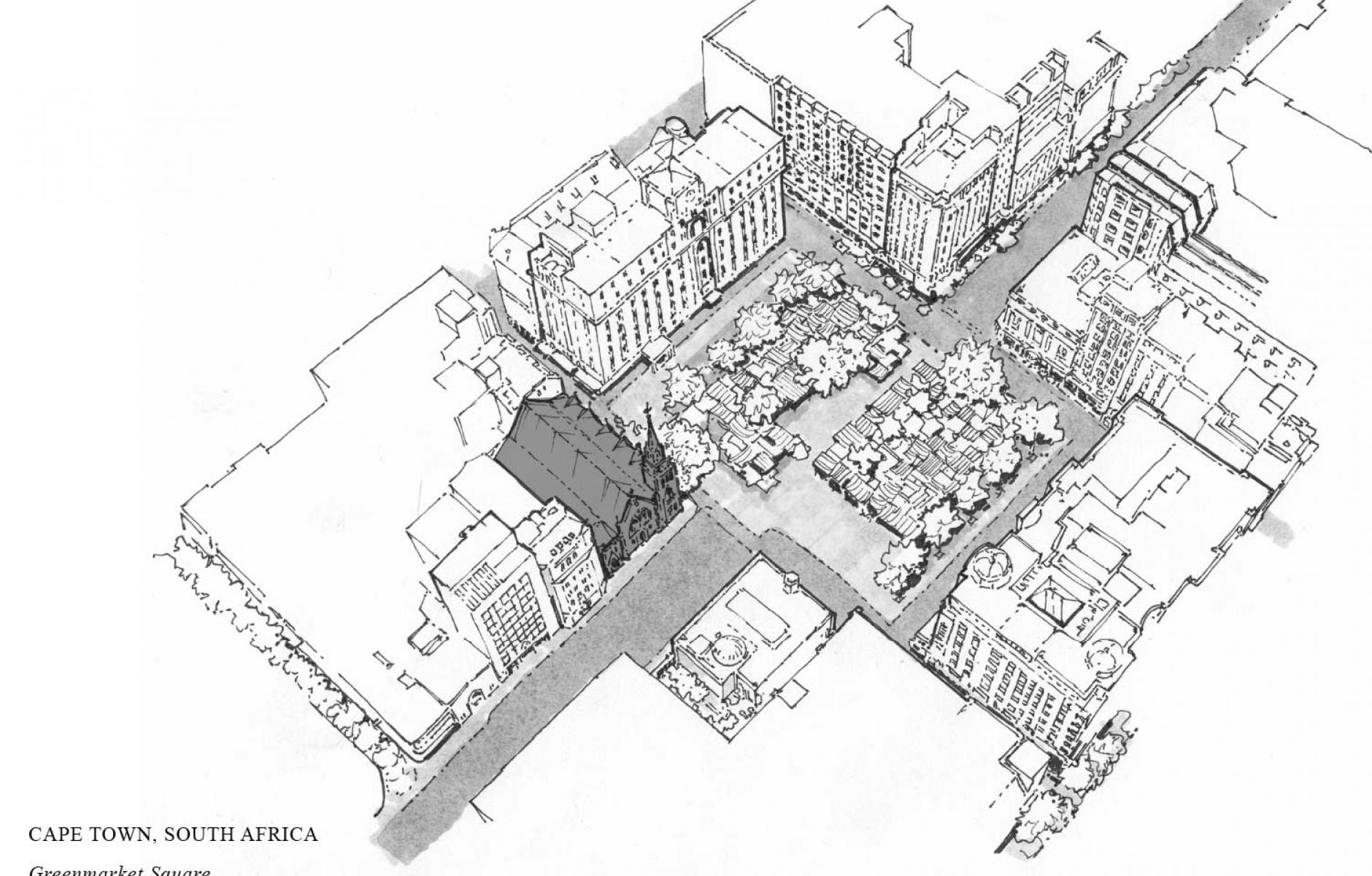
African urbanism made visible
“Africa is certainly not only a continent of small villages in the jungle and savannah. Its level of diverse urbanization and global network of mobility is advancing rapidly, while African metropolitan regions, cities, and towns are among the fastest growing in the world,” note the authors of Africa Drawn, a new resource for understanding urbanism in Africa.
As these cities grow, the literature on African urban places is lacking. This publication fills a gap by drawing and documenting a hundred cities in every corner of the world’s second-largest continent. Geographically speaking, it is the largest project ever to win a CNU Charter Award.
The project seeks out patterns, much like architect and author Christopher Alexander, with the aim of comparing urban form, spatial structure, and quality of public space to find out what makes cities resilient.
The drawings examine connectivity in terms of air and water travel, rail, and thoroughfares. They illustrate the origin, history, and most characteristic physical features of each city. The same scale and artistic conventions bring out similarities and differences. Among the insights:
• Casablanca’s Old City neighborhood is compact and pedestrian friendly, and offers a mix of uses, including residential, commercial, and places of worship.
• Praia, Cape Verde’s city center, is filled with many activities for daily living within walking distance, including public squares, parks, a sports stadium, shops, restaurants, schools, and a library. This inner city—located on a small plateau—is particularly accessible for old and young dwellers.

• The urban agricultural and landscape strategy adopted by the City of Kigali, Rwanda, allows for the physical definition of streets and public spaces—places of shared use that are even cleaned by city residents.
• The newly developed district and neighborhoods of Delft, Cape Town, are contiguous to urban boundaries such as wetlands and rail infrastructure. An integrated development approach allowed for small-to-medium-sized businesses to be balanced with low- and middleincome housing.
The Charter Awards jury was deeply impressed by the breadth and detail of this project, praising it as a vital source of information on urbanism in Africa.
The University of Pretoria Urban Research Group won a 2018 CNU Student Grand Prize Charter Award for Africa Drawn.




